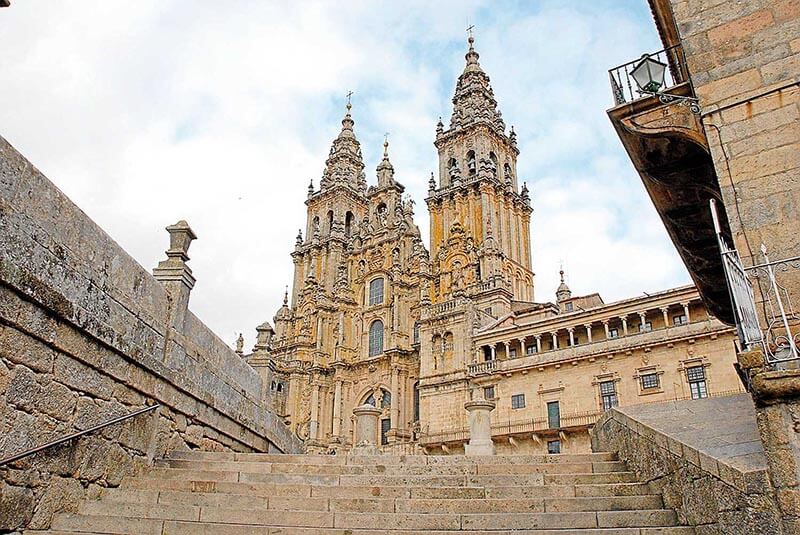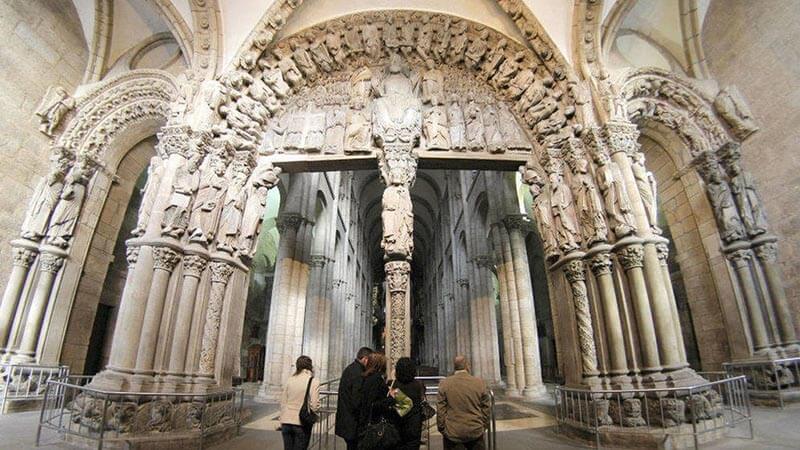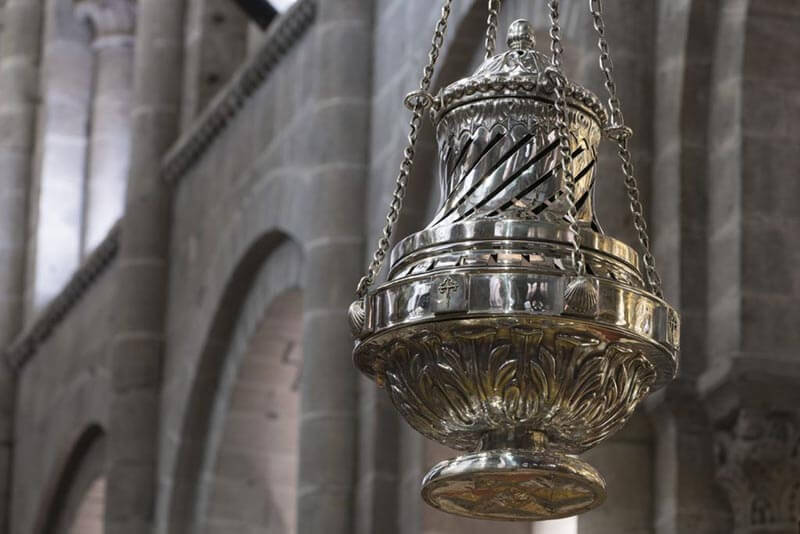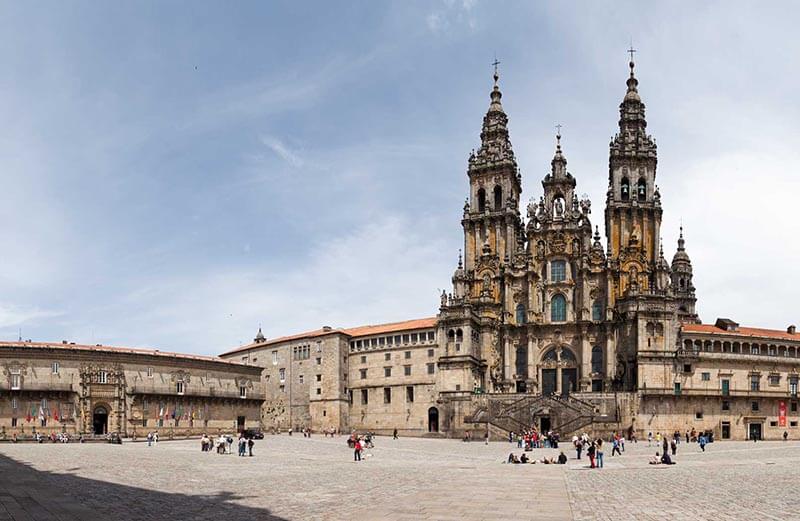Cathedral of Santiago de Compostela, a MUST see in Santiago
The Cathedral of Santiago de Compostela (Saint James at Compostela) is one of the most important sacred monuments in Spain. It is located in Galicia, Spain’s northwestern region. For Pilgrims undertaking the Camino, the cathedral marks the end of their spiritual journey. Just as they enter the outskirts of the city, they are amazed by its Baroque spires and its impressive façade. Surely a picture that will live in their minds forever.
The cathedral is also very well-known as it is the burial place of Saint James the Great, the apostle of Jesus Christ. Lots of tourists, as well as locals, love to visit the site because of its fascinating inner structure. Below, we want to share with you the history and details about this iconic structure that will help you appreciate it more when you visit it.
Background
The Cathedral was built piecemeal over centuries, and its beauty is attributed to the mix of various architectural styles: Gothic, Romanesque, Baroque, Plateresque and Neoclassical.
Its construction began in 1075, year in which Alfonso VI de Leon was king of Spain. He decided to build a magnificent Cathedral on the same site of a church that was dedicated to Saint James and where his body rests.

King Alfonso appointed the Bishop Diego Peláez as supervisor of the project. However, its construction was stopped for several years and resumed in 1100 under the supervision of Master Esteban. He created three naves shaped like a Latin cross.
Throughout the 12th century, the construction continued, and a monumental fountain was added in front of the North portal. The Cathedral was finally consecrated in 1211 before Alfonso IX. During the 16th, 17th and 18th centuries it was embellished with ornaments and sculptures.
Portico de la Gloria

The cathedral’s construction was taken over in 1188 by a man named Master Mateo who went on to add a very fantastic feature to the temple called the Pórtico de la Gloria.
The Portico is the main entrance of the cathedral, and you will find about 200 sculptures decorating it as a representation of the apocalypse. There is also a statue of Saint James in the middle which symbolizes the welcome of the Pilgrims from their Camino.
The Botafumeiro

The Botafumeiro is one of the most important and famous elements of the Cathedral. It is a large censer that weighs about 53kg and measures 1.5 m and spreads incense during the congregation. It happens to be among the largest in the world, and you will find it suspended about 65 feet with a network of ropes, as well as, pulleys.
On special occasions and during some masses, the Botafumeiro is released, and it is swung across the cathedral with so much speed that measures up to about 42 miles per hour.
The End of the Journey

Arriving at the Cathedral of Santiago de Compostela marks the end of the Camino journey. After some intense and endless days, Pilgrims have finally reached their goal. The Cathedral stands imposing on the Plaza del Obradoiro and makes most of them shed in tears as soon as they see it. Imagine that feeling.
Sitting a few moments to admire the beauty of this millenary work and reflect on the experiences of the Camino de Santiago is truly a moment that most pilgrims desire as they arrive at the Santiago.
Do not forget to read -> Camino de Santiago Routes
